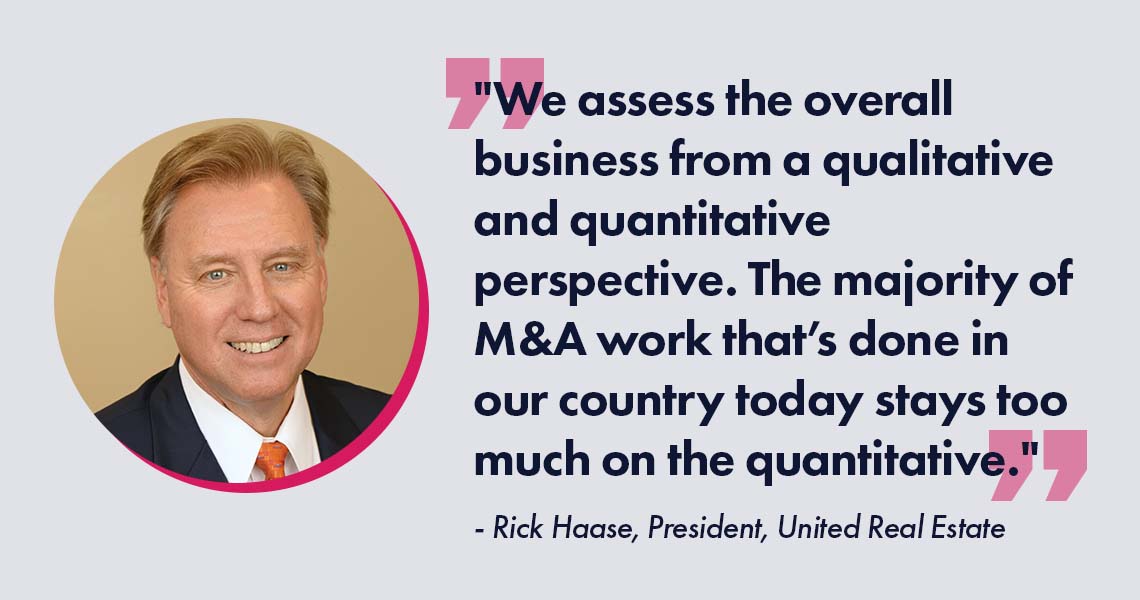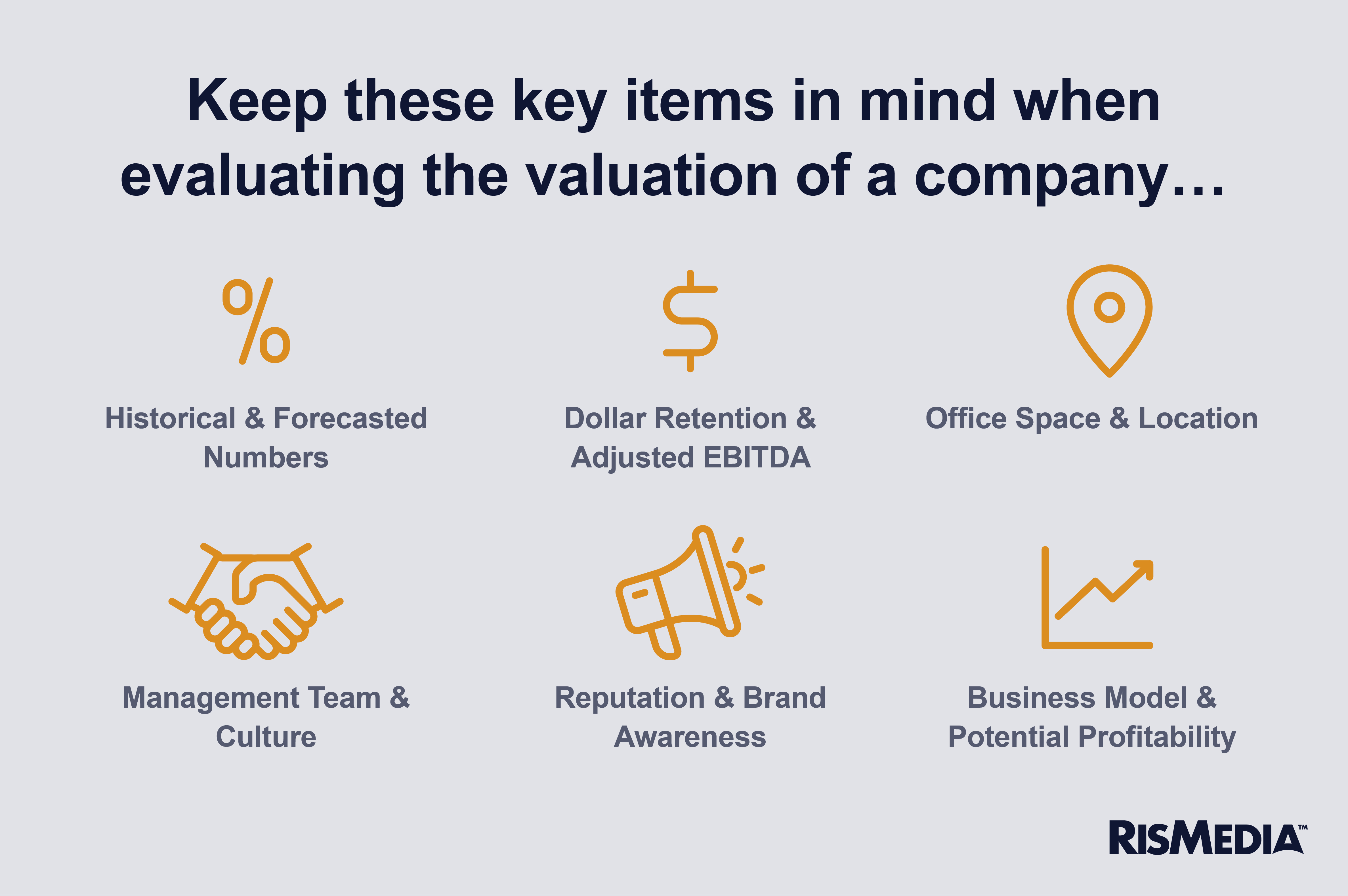When evaluating a company, Slusser shares that the keys to learning whether a company is worthwhile or not come from looking at historical numbers, company dollar retention, adjusted EBITDA, trends, office space and locations, management team, culture, reputation/brand awareness, business model, forecasted numbers, proximity to desired market and potential synergies between both parties.
Typically, the most important aspect for @properties Christie’s International Real Estate is the potential profitability of the office, Golden shares.
“We look at how an acquisition can help us economize by tapping into synergies between the offices,” he says. “We also look at what we’ll save by rolling in an office without the additional overhead, as well as staff roles that we won’t have to duplicate, and we consider the cultural fit. Beyond those factors, we look at the strategic value of entering the new market in terms of visibility and growth.”
Therefore, some of the first questions that must be asked are, “What makes a company worth acquiring?” and “What would be a fair market value?”
For the buyer to determine what a company is worth, McBride notes that the core focus should be on its recent financial performance, future potential and market timing.
“We first look at revenue, agent economics and operating costs,” he says. “Then, our team determines which efficiencies could change immediately or in the near-term by blending into existing operations. From there, we can develop a mock-up of what the brokerage financials could look like in the future, including additional revenues from client services like mortgage, title, escrow and insurance.”
Another part of John L. Scott Real Estate’s evaluation goes beyond the numbers, as the firm explores the brokerage’s culture to determine if there would be any retention risk during a merger or acquisition.
“If a changeover seems too risky, we may not choose to move forward with the process,” McBride says. “In our M&A process, we will frequently use a third party to value the company and use the criteria and national trends from these valuations to educate the seller.”
Adams notes that the most important factor to consider is alignment with culture, followed by the numbers and the redundancies.
“If a company already has a footprint in the market, then consolidation and efficiencies make it more valuable,” she says. “Strong leadership and a record of success are also key factors.”

For most companies, Haase explains that the formula involves adjusting the operating expenses of what the company will look like post transaction close, making adjustments to revenue and ending up with an adjusted number that would be multiplied three to six times as a multiple of earnings to determine the value.
But for United Real Estate, the process involves a longer look.
“We assess the overall business from a qualitative and quantitative perspective,” Haase says. “The majority of M&A work that’s done in our country today stays too much on the quantitative.”
Durkin adds that it’s essential to look at a company’s overall production and overall GCI, going back several years, and most importantly, looking at what the firm has in the pipeline for new listings.
“You need to know what outside forces are affecting the market to truly understand the value of a real estate market,” he says. “What’s happening with inflation, job markets, construction costs, home-building trends—what are the migration patterns to and from certain markets, what’s the tax situation like? Lots of factors determine the worth of a real estate company.”

At Howard Hanna, the acquisitions the company completes are typically based upon paying a multiple of the target company’s EBITDA, with Hanna explaining that they traditionally look at a three- to four-year average of the firm’s EBITDA and then determine a multiple between four and six times based on the size of the company and the potential synergies between the two firms.
When making acquisitions, William Raveis Realty looks around the industry to see what other folks are paying for firms, looking at publicly traded companies to see what they are going for as well.
“Generally, we have a number in mind when we approach a target and it’s usually a multiple of their earnings; then you have to determine when that capital gets paid out and how it gets paid out,” Raveis says. “You have to take a deep-dive analysis to see what’s being included in the company profits. For instance, a smaller company might have an owner writing off a lot of their business expenses against the business, which may not continue after you acquire the target. You might also have family members on payroll or other expenses that occur that wouldn’t continue as it becomes part of the acquiring company.”



